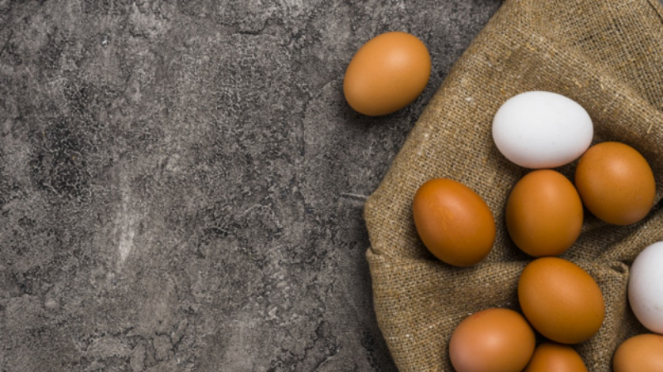Try to Guess Which Came First, the Chicken or the Egg?

- VIVA/Nur Faishal
VIVA – Many people ever heard the old riddle, which came first, the chicken or the egg? Throughout history, the question of which came first between chickens and eggs transcends human civilization. The answer to this question can be traced back to ancient times. Most biologists emphatically state that eggs came first. This refers to the basic concept, which is that eggs are just female sex cells.
Meanwhile, other experts see it from an evolutionary point of view. The egg that we know today has a hard shell or an amniotic egg or amniotic is a change in the evolution of the animal world.
"The egg is a significant step in (vertebrate) evolution because it allows the amnion to go further and further from the air," said Koen Stein, a paleontologist at the Royal Belgian Institute of Natural Sciences.
Before the dawn of hard-shelled eggs loaded with nutritious yolks, vertebrates had to rely on bodies of water to reproduce. Most amphibians still face this aquatic limitation — they need to keep their gelatinous eggs moist to survive.
According to research published in the journal Current Biology, birds do not appear in the fossil record from the mid-to late Jurassic, about 165 million to 150 million years ago. But scientists at the Center for Biological Diversity at the University of Texas describe the first shelled eggs evolving long before that, around 325 million years ago.

Telur ayam (ilustrasi)
- Freepik/freepik
It means, the egg came well before the chicken, according to Stein. These very first eggs were likely malleable and leathery in texture, much like the eggs laid by today's reptiles and platypuses.
There were plenty of land-based vertebrates laying amniotic eggs in the Carboniferous, Permian, and Triassic periods, but the most famous of these animals are the dinosaurs. Stein has studied some of the earliest known dinosaur eggshells, which come from the early Jurassic period, about 200 million years ago.
These eggs had extremely thin outer shells, only about 100 microns thick, "That's the thickness of a human hair," Stein said.
However, based on their structure, these early dinosaur eggs would have been rigid, like porcelain, rather than flexible, like a banana peel, making them the earliest known example of an egg as we know it today.
That thinness probably explains why researchers have had trouble finding earlier examples of eggshells. When an egg encounters rich, acidic soil, it begins to slowly dissolve.
"The soil would have made it impossible for such a thin calcareous layer to be preserved," Stein said.
Another idea is that early dinosaur eggs were soft-shelled, and so didn't preserve well in the fossil record, according to a 2020 study published in the journal Nature. So, the egg predated the chicken. Well, if we're talking about the first chicken egg, the story changes.
Chickens (Gallus gallus domesticus) likely evolved from a subspecies of red jungle fowl (Gallus gallus) around 50 million years ago. Humans living in Southeast Asia first domesticated these birds somewhere between 1650 B.C. and 1250 B.C., according to a 2022 research article published in the journal Proceedings of the National Academy of Sciences.
At some stage during this domestication process, the last ancestor of the modern chicken would lay an egg containing an embryo with enough genetic differences to make it distinct from its parent species.
This embryonic chicken would develop in the non-chicken eggs before hatching. Upon reaching adulthood, this chicken ancestor would lay the first chicken egg. By this route, chickens can be said to predate the egg.
The reason is, in the article 'Origin and History of the Chicken' published on the University of Wisconsin-Madison website, there is evidence of chickens interbreeding with other subspecies of forest fowl. This happened even after chickens became their own genetically distinct subspecies. Some of these traits are seen in certain modern chicken breeds.
What's more, chicken domestication seems to have happened separately several times in parts of India and Oceania over several thousand years. So, it's getting complicated to determine which chicken is the original.
